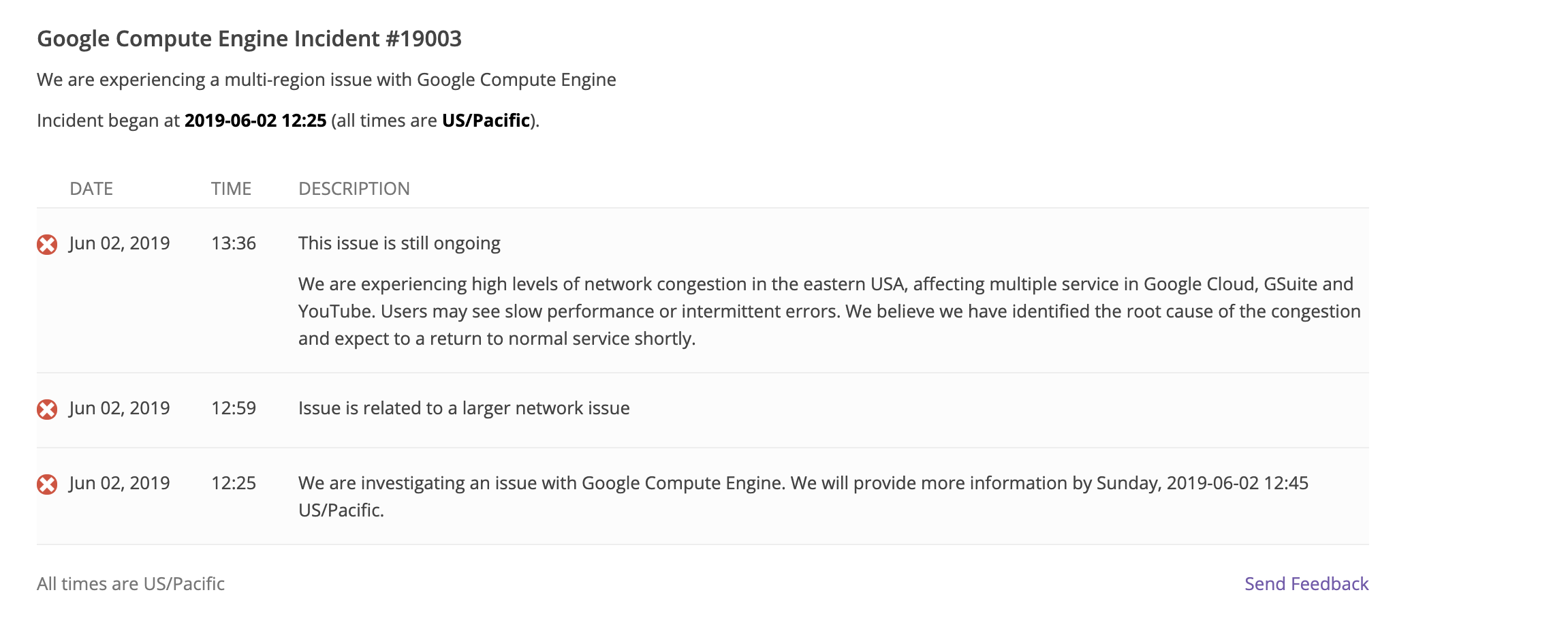Owlin, a startup we covered all the way back in late 2012, has raised $3.5 million in Series A funding. The fundraise follows the fintech company’s pivot from a real-time news alert service to a more comprehensive “AI-based” text and news analytics platform to help financial institutions assess risk.
The new round is led by fintech investor Velocity Capital. The investment will enable Amsterdam-based Owlin to accelerate its growth internationally, especially in the U.K. and the U.S. The company’s international clients include Fitch Ratings, Adyen, Deutsche Bank, ING, and KPMG.
“We started with delivering news signals to dealing room environments with our platform,” Owlin co-founder and CEO Sjoerd Leemhuis recalls. “These are environments that rely on Bloomberg and Reuters. While doing this we gained a lot of spin-off within risk related departments. With regulatory requirements increasing, and banks being forced to work more efficiently, we’ve been especially successful with augmenting “slow data” (e.g. ratings, annual reports and research reports) for assessing credit risk with real-time actionable data”.
Leemhuis says this makes risk-models more accurate and risk departments “more beloved by the regulators”. “Next to this being our true blue ocean, we can also contribute to a more stable and sustainable financial system,” he says. “It’s great to see that rating agencies and regulators are sharing this vision for more data-driven risk management as is evident from our strategic partnership with Fitch Ratings”.
This is seeing Owlin enable 15,000 counter-party risk managers worldwide to track risk events that are not captured by traditional credit risk metrics. “We are adding news and unstructured data to their risk monitoring. In the end, our clients don’t just gain insights, they also gain time,” adds the Owlin CEO.
Meanwhile, Owlin’s Series A isn’t just a lesson in finding market fit but also in tenacity. In the last few years, two of the startup’s initial founders left after the company found itself in the rare situation of its seed-backer going bankrupt. This left Owlin falling back on a bootstrap strategy and being extremely cautious when choosing a next investor. It seems that not all risk is as easy to assess.


